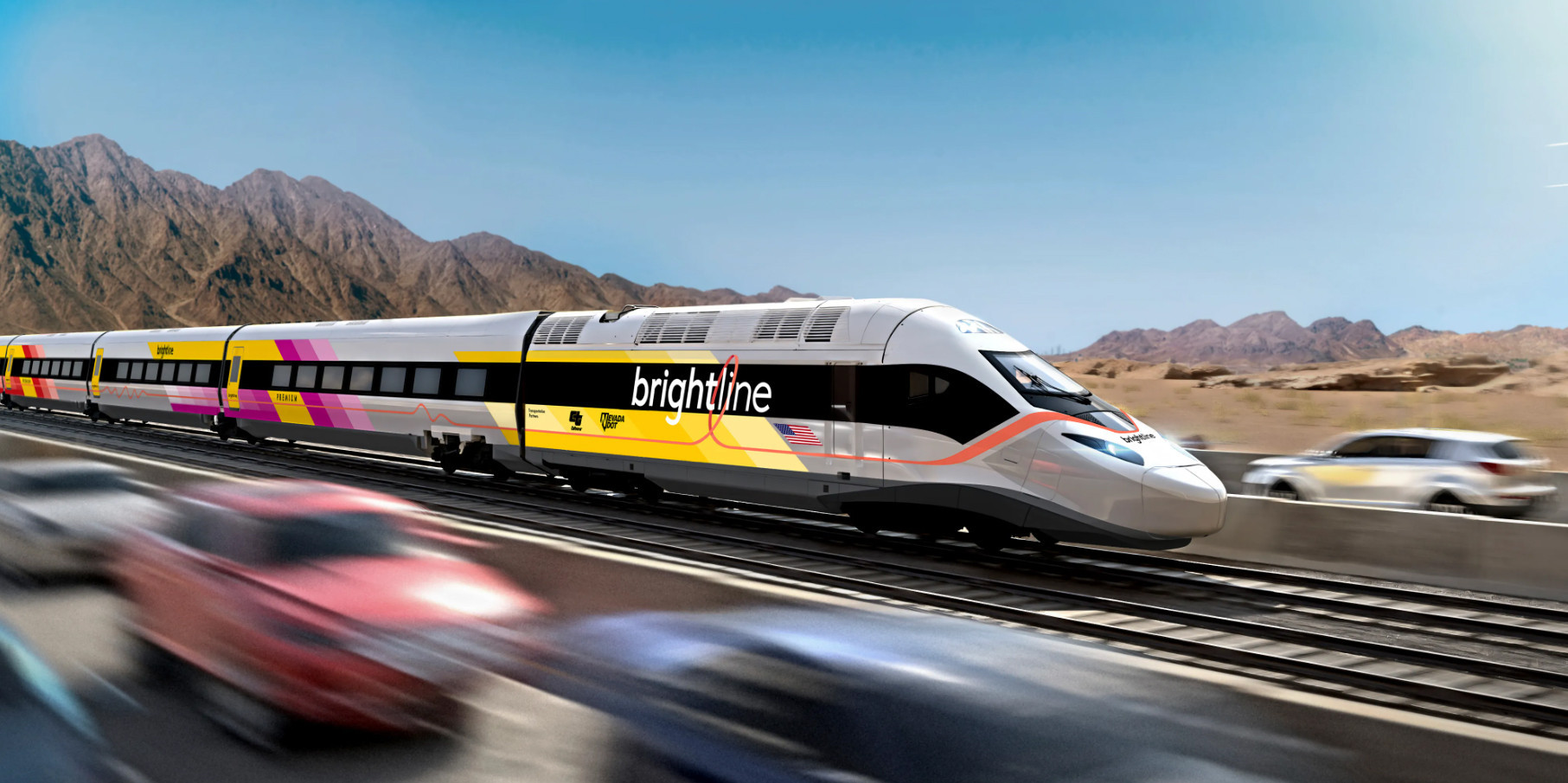
The government has asked the Ministry of Transport (MOT) to join forces with ministries and branches to draw up a plan on workforce preparation to serve the construction and operation of the North-South high-speed railway.
According to MOT’s Transport Development and Strategy Institute (TDSI), human resources are one of the key factors determining the success of the huge project.
The workforce must be capable of receiving technology to be transferred, and master the technology in operation and maintenance, since Vietnam is striving for increasing localization ratios and encouraging the development of industry.
Studies show that countries like Japan, France, Germany and Italy that develop high-speed railways and the countries like China and South Korea receiving transferred technology begin building staffing programs very early to prepare for railway projects. The preparation needs to be done 5-7 years before construction begins.
The North-South high-speed railway is expected to kick off in 2027. It would be put into operation in the first phase in 2032, and the second phase in 2040. Vietnam needs workers for project implementation from 2025.
TDSI and the Vietnam Railways Corporation (VNR) estimates that Vietnam would need 263,700-332,300 workers for the construction period.
Of these, 111,280-160,020 workers would be needed in 2025-2030, while 152,420-186,280 workers would be needed in 2030-2040, and most workers must be skilled. The training is estimated to cost VND19.718-24.096 trillion.
After the construction finishes, Vietnam would need 13,880 workers to operate the railways, including 11,050 direct workers and 2.349 engineers with bachelor’s degree.
In order to obtain this high number of workers, roughly VND9.715 trillion will be spent on training, according to TDSI.
According to TDSI, the domestic workforce can satisfy 80 percent of demand in capital construction, while the remaining 20 percent are workers with professional knowledge about high-speed railways. There must be a plan to intensively train workers to satisfy the requirements.
To arrange such a huge amount of money and workforce, TDSI has asked MOT to build a satisfactory remuneration policy for high-quality human resources, and create mechanisms to attract foreign capital for human resources development.
In mid-February, the government requested MOT to choose optimal solutions for the North-South high-speed railway project and submit these to the government and the Politburo in March.
Vu Diep